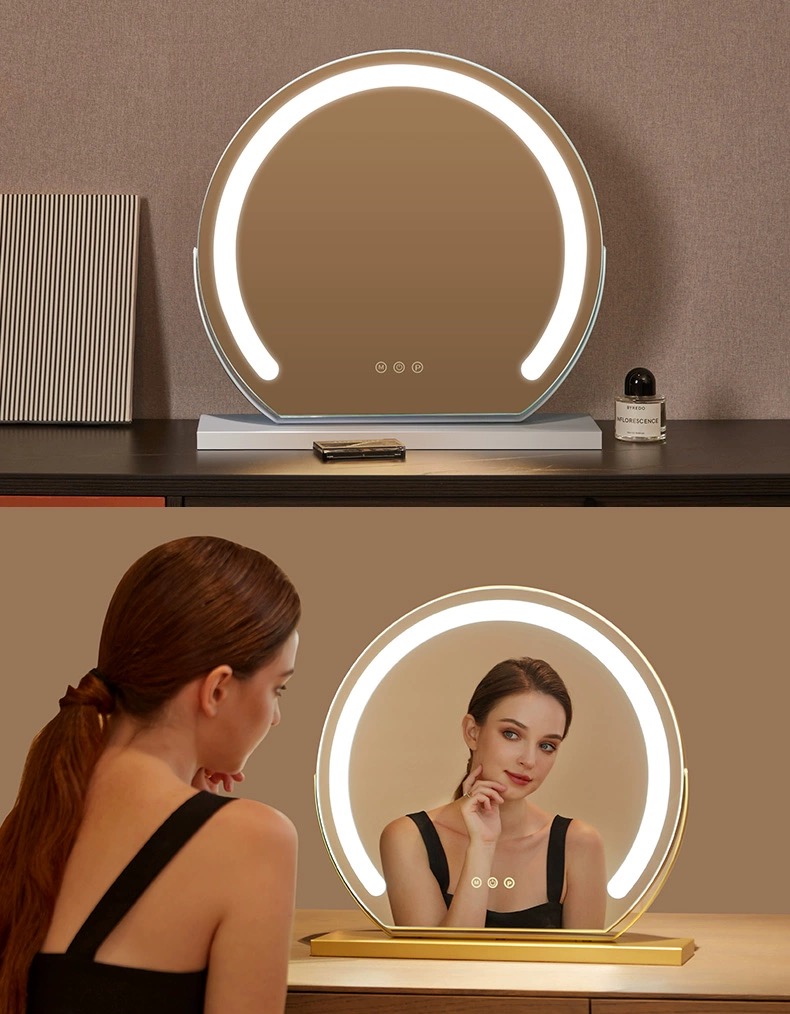

Understanding 3mm Clear Float Glass Properties, Applications, and Benefits
Glass is a versatile material used in countless applications across various industries, and one of the most common types is clear float glass. Among its various thicknesses, 3mm clear float glass stands out for its balance of strength, clarity, and workability. This article will delve into the properties, applications, and benefits of 3mm clear float glass, making it an essential choice for many projects.
What is Clear Float Glass?
Clear float glass is produced through a process in which molten glass is floated on top of molten tin, resulting in a smooth and flat surface. This method not only ensures uniform thickness but also provides excellent optical clarity. The float process allows manufacturers to produce glass of high purity, free from imperfections that might otherwise affect transparency or strength. When we refer to 3mm clear float glass, we denote glass that is 3 millimeters thick, making it suitable for various applications.
Properties of 3mm Clear Float Glass
1. Optical Clarity One of the standout features of 3mm clear float glass is its exceptional optical clarity. It allows for maximum light transmission while minimizing distortion, making it an excellent choice for applications where visual transparency is essential.
2. Durability Despite its thin profile, 3mm clear float glass is remarkably durable. It is resistant to UV rays, making it suitable for indoor and outdoor applications. However, its thinness means it is more susceptible to breakage compared to thicker glass alternatives—proper handling and installation are crucial.
3. Thermal Performance While 3mm clear float glass is not as efficient in insulation as double-glazing options, it can still perform reasonably well in regulating indoor temperatures. Its thermal expansion properties allow it to withstand temperature fluctuations typical in residential and commercial environments.
Applications of 3mm Clear Float Glass
The versatility of 3mm clear float glass lends itself to a variety of applications
1. Windows This thickness of glass is commonly used in windows. Its clarity and durability make it an ideal choice for residential and commercial buildings, allowing natural light to enter while providing security and visibility.

2. Display Cases Retailers often use 3mm clear float glass to construct display cases. Its transparency showcases products effectively, attracting customers while offering protection from theft and dust.
3. Glass Partitions In modern office designs, glass partitions made from 3mm clear float glass are popular for creating open yet private spaces. They allow for visibility and light flow while maintaining defined areas within a larger space.
4. Framing and Art Artists and photographers often opt for 3mm clear float glass in framing their work. It protects the artwork from environmental damage while enhancing its visual appeal.
5. Furniture Some furniture pieces incorporate 3mm clear float glass for tabletops or shelves, combining elegance with functionality.
Benefits of Using 3mm Clear Float Glass
1. Cost-Effective Compared to thicker glass alternatives, 3mm clear float glass is relatively affordable. Its cost-effectiveness makes it an attractive choice for large projects or bulk purchases.
2. Ease of Handling The lightweight nature of 3mm glass simplifies installation and transportation. This attribute can be advantageous for DIY enthusiasts and professional builders alike.
3. Versatile Texture It can be used in both modern and traditional designs, making it a favorite among architects and designers. Its versatility enables it to seamlessly integrate into various aesthetics.
4. Eco-Friendly Glass is a recyclable material, and using 3mm clear float glass can contribute to sustainable building practices. Recycled glass can also be repurposed into new glass products, reducing waste.
In summary, 3mm clear float glass is a reliable choice for various applications, offering a combination of optical clarity, durability, and cost-effectiveness. Whether used in architecture, display, or art, its versatile properties make it an enduring favorite within the construction and design industries.